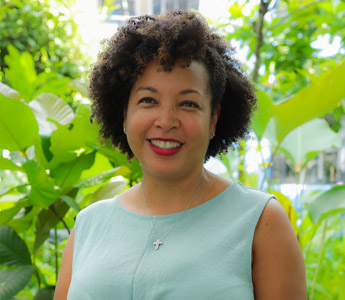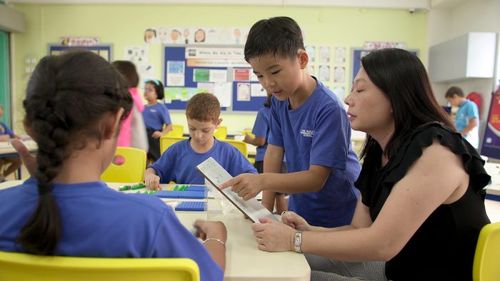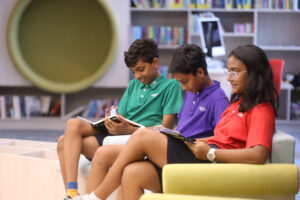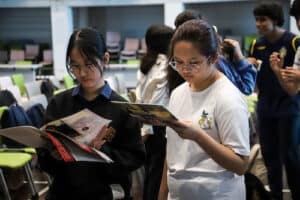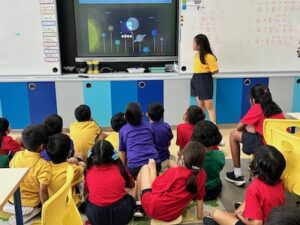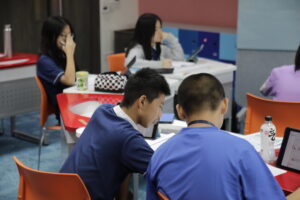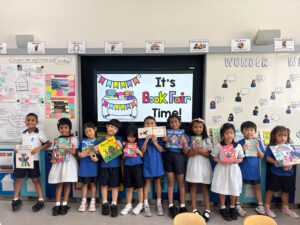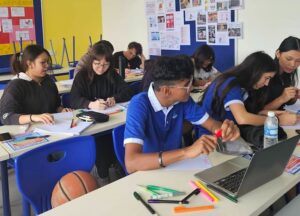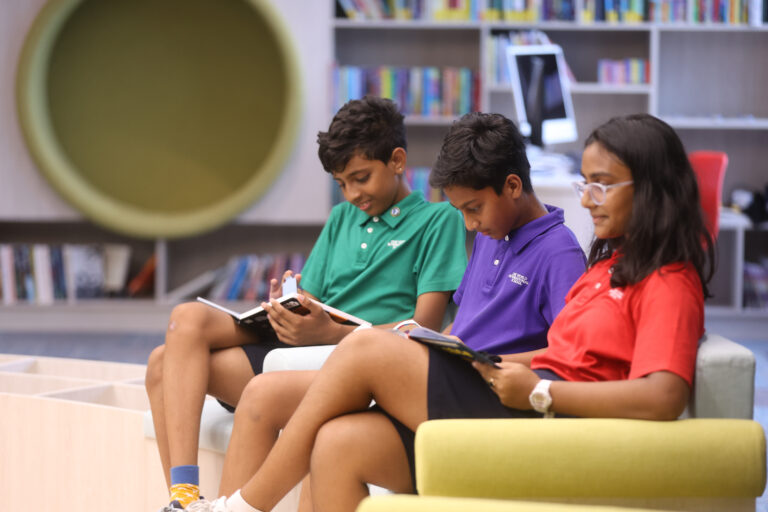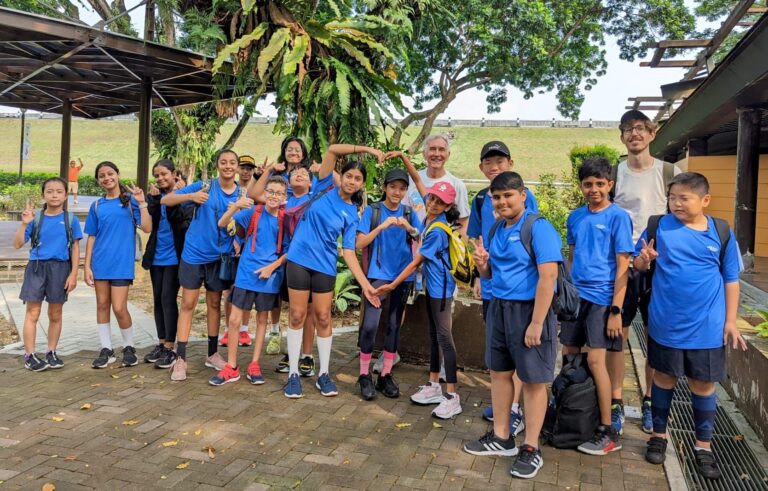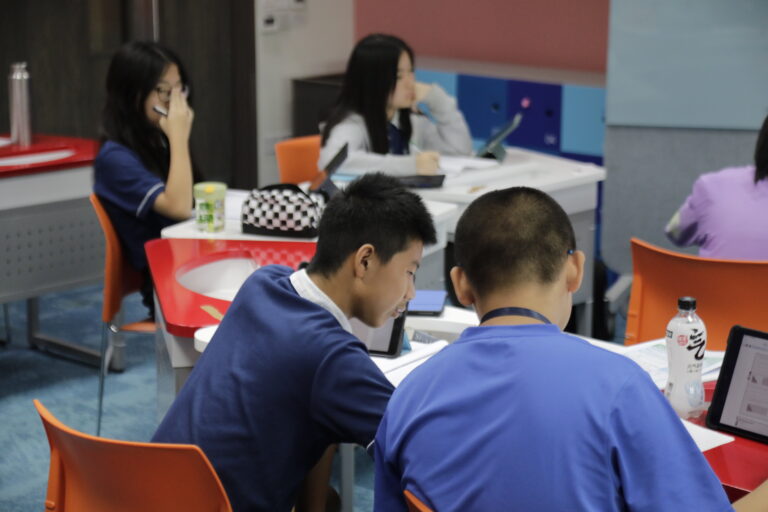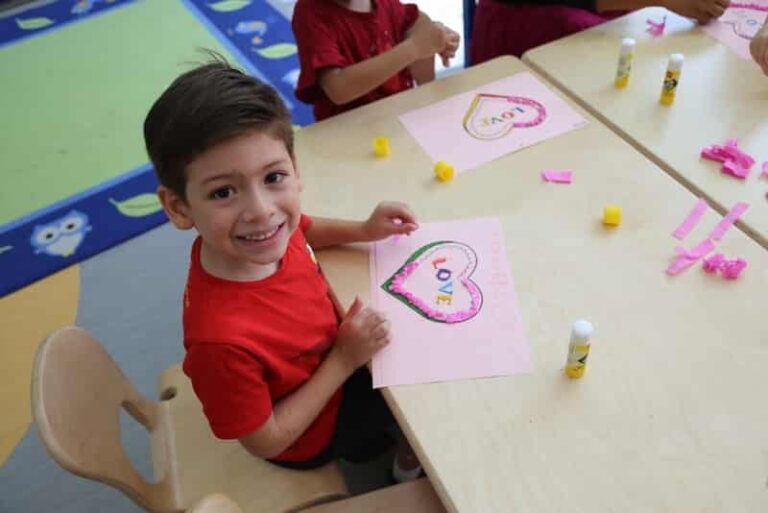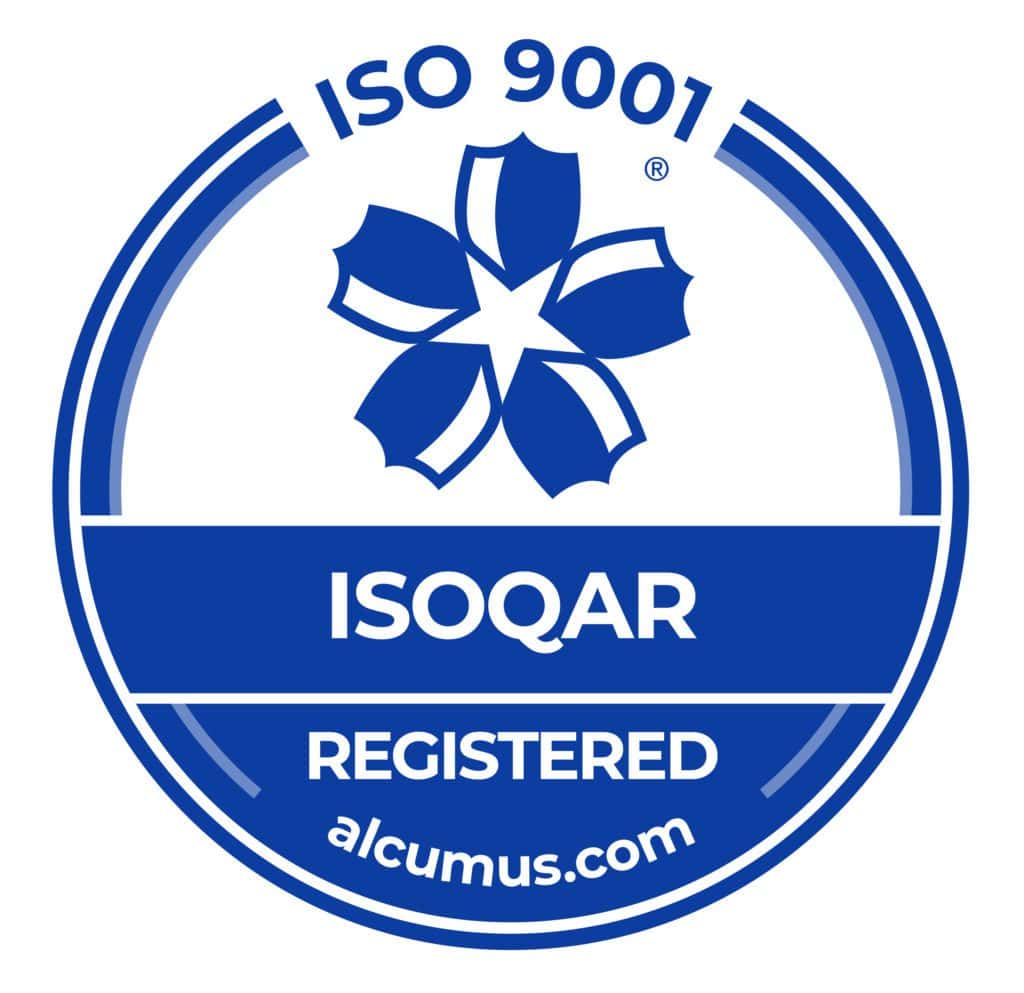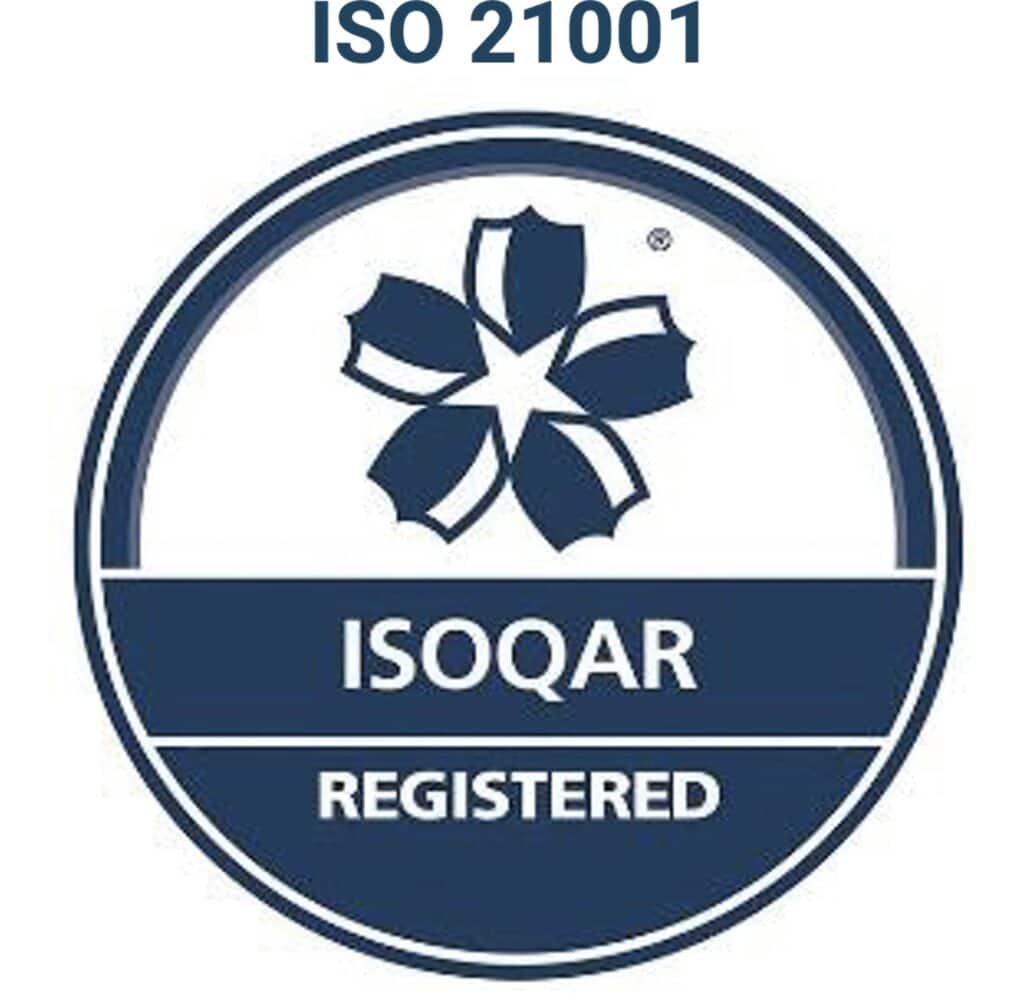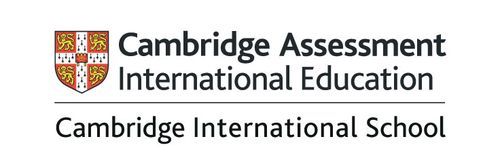When considering international schools for their children, finding one that fits their budget is usually an important concern for families. Parents sometimes expect that fees are commensurate to the level of quality. However, schools with similar price tags, in the moderate fee range, can vary widely in terms of facilities, curricula and other factors. Here are some points to look into as you consider various international schools and their fee structures.
1. Seamless Learning Experience
It’s incredibly beneficial for children to attend the same campus for the entirety of their school years, beginning in early childhood if possible. Some international schools, however, do not offer kindergarten, whilst others only educate children through the primary or middle school years. This requires students to transition to new schools, make new friends and adjust to new teachers, expectations and pedagogy.
Children thrive when they’re surrounded by consistent teaching styles and expectations. As a moderate fee school that teaches all the way up to Grade 12, we offer programmes that align with developmentally-appropriate learning expectations.
2. Internationally-Recognised Education
We’ve adopted globally-recognised curricula at OWIS because we believe they provide the best educational outcomes. Whilst these curricula can be more expensive to implement, the benefits to students are invaluable. Teachers using these curricula also have access to a wide variety of online teaching resources. Curricula at OWIS include:
3. Ample Space for Play
Play — both structured and informal — is important for all children, but especially during the early years of a child’s development. Throughout a child’s school years in early childhood, and in primary and secondary school, physical activity is vital to learning and growth. PE programmes not only contribute to healthy physical development, they also promote teamwork and social skills.
At some international schools, students have limited space for a variety of PE lessons or must travel to another location to participate in sports programmes. Our campuses, however, are equipped with expansive athletic facilities, as well as outdoor and indoor spaces for children to take part in physical education classes, team sports and extracurricular activities. Individual and team sports challenge students to set high goals, cultivate their competitive spirit, and make physical activity a lifelong habit.

4. Established and Rigorous Processes
Certifications measure how well a school aligns with certain standards and processes to optimise educational outcomes. OWIS has been awarded the prestigious EduTrust certification, granted by the Committee for Private Education, Singapore. This seal of approval demonstrates that the CPE recognises the hard work we’ve put in to ensure excellence in academic rigour, governance and financial oversight, management processes and provision of student support services.
This certification reflects the many contributions made by members of our school community, including our parents, who partner with us to promote our core vision and values.
5. Teaching Quality
Onboarding qualified and experienced teachers optimises a school’s ability to provide a superior education. Whilst diversity among students is important, it’s also critical among faculty. Teachers of different nationalities bring a variety of global perspectives to the classroom, setting an example that fosters open-mindedness and respect toward cultural differences.
At OWIS, we recruit highly-qualified, experienced teachers from around the world, many of whom have taught outside their home countries. They work tirelessly to support our values-based, inquiry-led approach that prepares children to become global citizens and leaders.
6. High Teacher-Student Ratio
Smaller class sizes allow for a personalised learning experience and plenty of student-teacher interactions. At OWIS this is made possible by high teacher-student ratios, especially during children’s most formative years. In our early childhood programme, that number is 1:18. From Grade 1 to Grade 12, the ratio is 1:24. Additionally, from EC1 to Grade 1, classrooms are staffed by one teacher and one teaching assistant.

7. Spacious Classrooms
Another key consideration for families when choosing an international school should be the amount of learning space available. Our classrooms provide ample room for students to engage with the curriculum and collaborate with each other. Open-concept and bright classrooms make for versatile learning spaces where students can work independently but also participate in group projects and hands-on activities.
Before we opened One World International School at our Nanyang campus, after winning a government tender, our campus served as a local secondary school. Each classroom is designed for 40 students, so having a maximum of 24 means that classrooms are spacious and comfortable.
When choosing an international school, it’s important to tour the campus to get an up-close look at the teaching philosophy, facilities and programmes available. Moderate-fee schools allow your child to receive the best possible education at a reasonable cost.
To ensure you’re not missing out on any of the factors listed above, we invite you to book a school tour to visit our vibrant campus and see our team and students in action.
